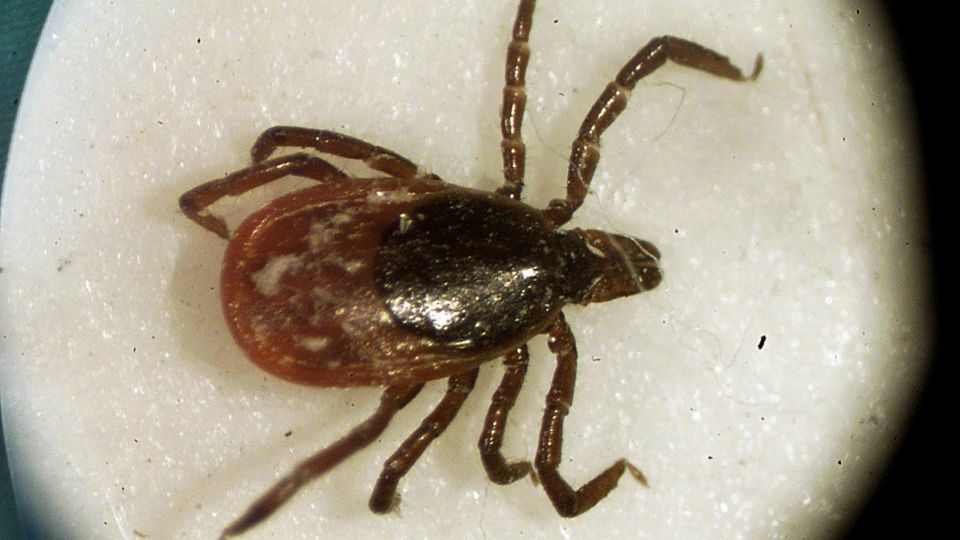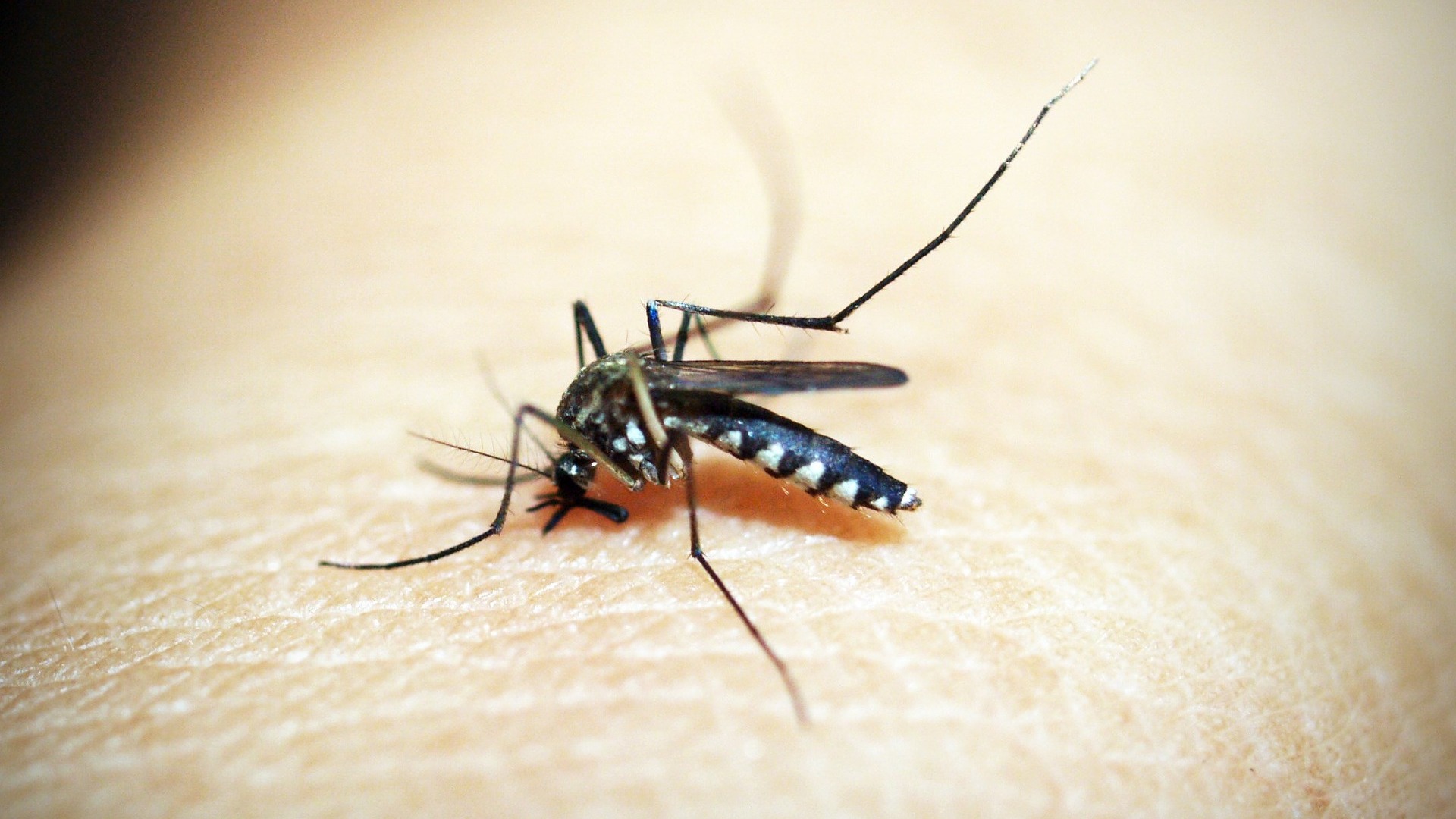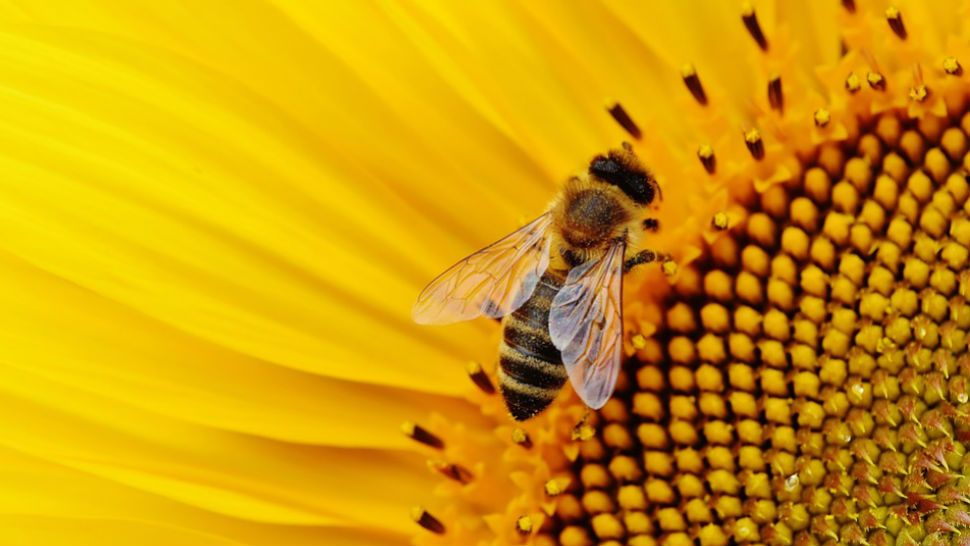Many of us love the spring and summer because it’s warmer and we can do more things outside.
If you’re not a fan of bugs, though, that may be the only downside to warming tempreratures. That said, colder temperatures can also bring you their fair share of creepy crawlers.
Have you ever noticed that when it’s warm outside, you seem to be more energetic and ready to explore the outdoors? Well, guess what? Bugs are the same way.
Plus, bugs tend to reproduce more when it’s warm. That’s why you may see more bees and spiders during the summer.
Insects and arachnids are cold-blooded, so their body heat is similar to the environment they’re in. If it’s warm, they’re warm, and vice versa. So, bugs are really vulnerable to colder weather.
When it cools down outside, many insects get sluggish or find it hard to move. If it's too cold, they can die.
According to a recent article from Iowa State University's Integrated Crop Management News, most bugs don’t thrive when temperatures go below 50 degrees Fahrenheit. They can enter what’s called a 'chill coma' where, according to the article, "development and movement cease until favorable conditions resume.”
However, the chill is usually not fatal until temperatures drop below -4 degrees. Yet even this varies depending on the species and its exposure to the cold.
Some ticks can survive temperatures as low as -20 degrees Fahrenheit, while many outdoor fleas usually die off as temps drop just below freezing.

Bugs are resilient, and they don’t sit helplessly waiting for the cold to take them out. Insects and arachnids have several ways to escape the cold: migrate to warmer areas, go inside our warm homes, go under the dirt or tree bark to hibernate, etc.
Bees, for example, hibernate in their hives for the winter, then emerge in the spring when it gets warmer.
A lack of rain could lead to more creepy crawlers finding their way inside your home on the hunt for water (ants, for example). However, insects like grasshoppers thrive when the weather is dry.
Wet weather is ideal for insects like mosquitoes, since they lay their eggs in standing water.

Yet too much rain may drive insects like spiders and roaches indoors to seek refuge...eek! Some insects may even get flooded out of their nests during extreme rain events.
In the case of the fire ants, it’s amazing how they pull together...literally.
Here’s a picture of fire ants making a raft, during a flood. They hold on tightly until they can reach dry ground.
In a nutshell, bug fans can bond with their multi-legged buddies each spring and summer. However, if you're not a fan, then the colder months are your time to get out and enjoy the outdoors.



